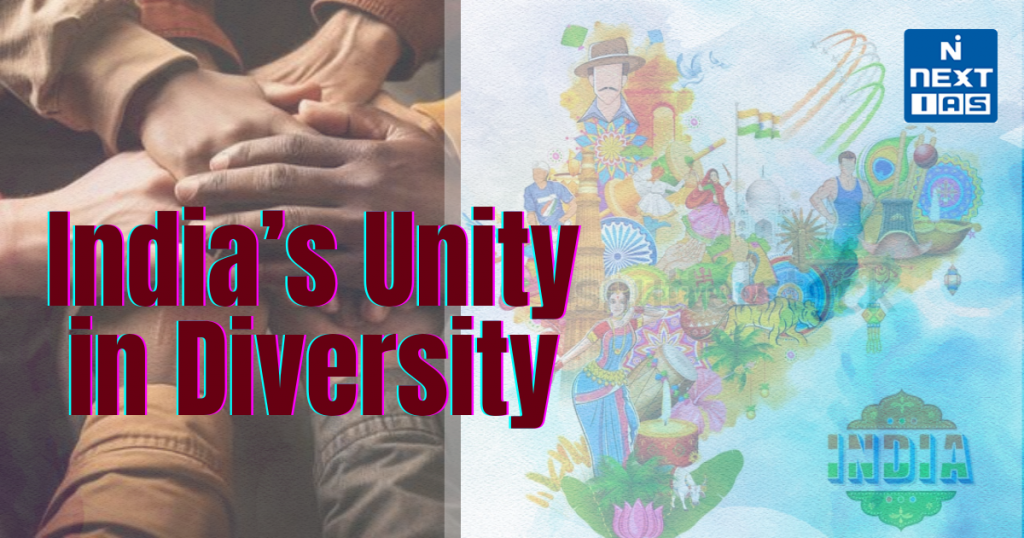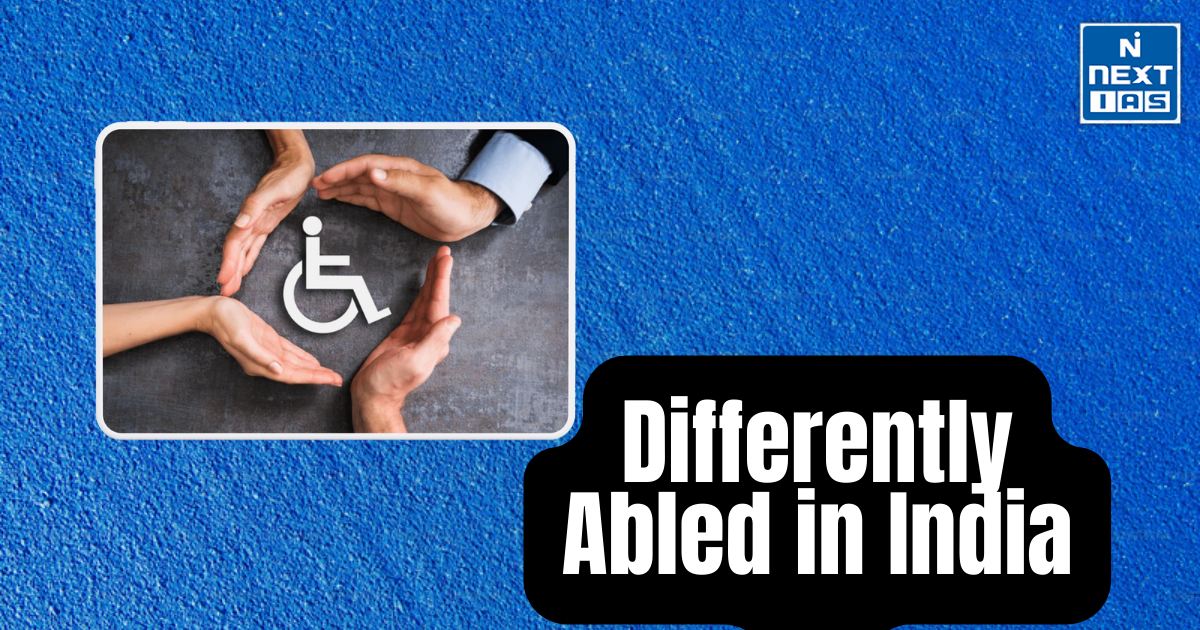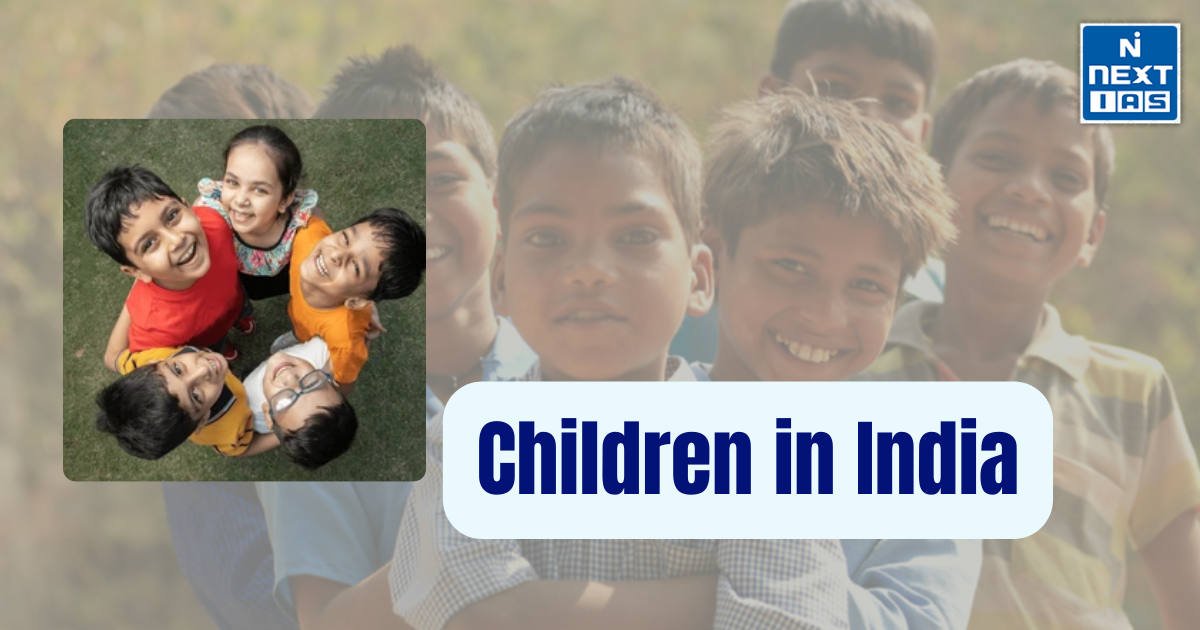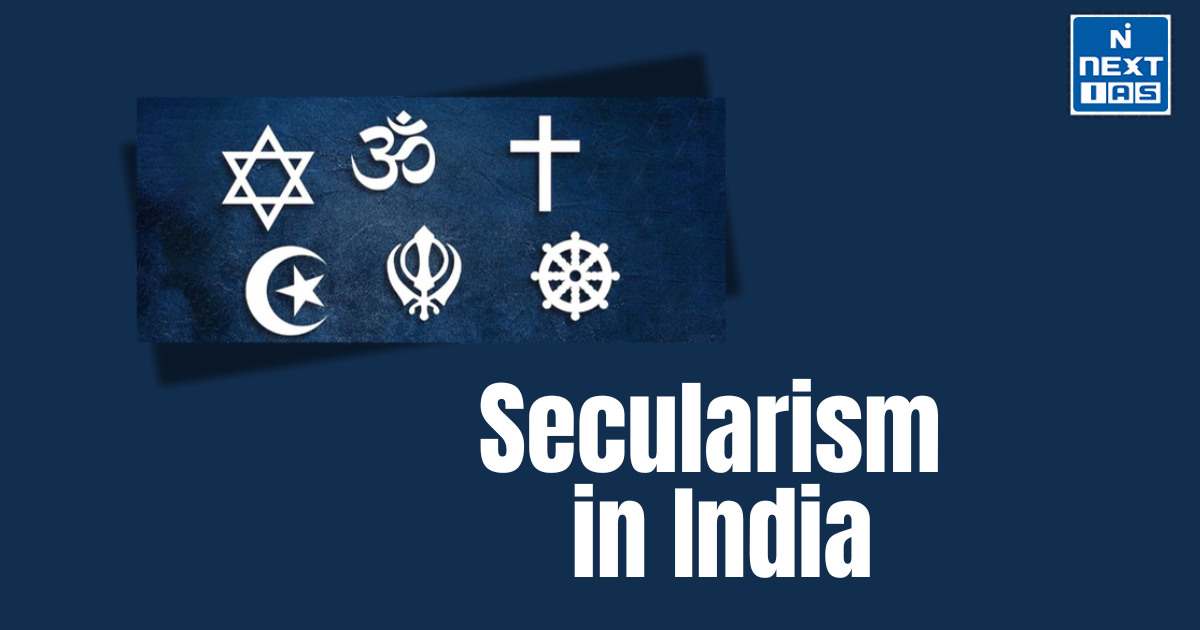
India’s unity in diversity is a unique characteristic that reflects its harmonious coexistence of various cultures, languages, religions, and traditions across its vast geographical expanse. This diversity strengthens the nation’s social fabric, fostering inclusivity, mutual respect, and resilience. This article aims to study in detail the essence of India’s unity in diversity, its significance, the challenges it faces, and the measures needed to sustain and enhance this remarkable coexistence.
About Unity in Diversity
- India, often referred to as a subcontinent, stands as a testament to the concept of “Unity in Diversity.”
- This phrase encapsulates the coexistence of numerous cultures, languages, religions, and traditions within the nation.
- Despite its vast diversity, India has maintained a sense of unity that binds its people together, making it one of the most unique and vibrant societies in the world.
Essence of Unity in Diversity in India
- Linguistic Diversity: India is home to 22 official languages recognized by the Constitution and over 1,600 dialects.
- States were reorganized on linguistic lines in 1956, ensuring regional identities and languages were preserved while fostering national unity.
- Despite this diversity, Hindi and English serve as link languages, facilitating communication across regions.
- Religious Pluralism: India is the birthplace of major religions like Hinduism, Buddhism, Jainism, and Sikhism.
- It is also home to large populations of Muslims, Christians, Parsis, and Jews.
- The secular framework of the Indian Constitution ensures freedom of religion, allowing diverse communities to coexist peacefully.
- Cultural and Ethnic Diversity: From the Himalayan regions to the coastal plains, India exhibits a range of ethnicities and cultural practices.
- Traditional dance forms like Bharatanatyam, Kathak, and Odissi and festivals like Diwali, Eid, Christmas, and Pongal highlight this cultural diversity.
- Geographical Diversity: India’s landscape ranges from snow-clad mountains to deserts, fertile plains, and tropical forests.
- This geographical diversity shapes regional lifestyles, cuisines, and livelihoods, yet these regions contribute to the collective identity of India.
Challenges to Unity in Diversity
- Communalism and Religious Conflicts: Periodic tensions between religious communities challenge the harmony of India’s pluralistic society.
- Issues like mob violence, hate speech, and religious polarization can disrupt societal peace.
- Regionalism and Linguistic Conflicts: Demands for statehood or autonomy based on linguistic or regional identities sometimes strain national unity.
- For example, movements in regions like Gorkhaland and Telangana highlight these challenges.
- Economic Disparities: Uneven development across regions fosters resentment and migration, leading to socio-economic tensions.
- Caste and Social Inequalities: The caste system, though constitutionally abolished, continues to influence social structures, often leading to discrimination and exclusion.
- Political Exploitation: To identity politics can deepen divides when political leaders exploit differences for electoral gains rather than fostering unity.
Measures to Strengthen Unity in Diversity
- Constitutional Safeguards: The Indian Constitution ensures equality and secularism through Articles 14 (Right to Equality), 15 (Prohibition of Discrimination), and 25-28 (Freedom of Religion).
- Provisions for minority rights, like Article 29 (Protection of Interests of Minorities) and Article 30 (Right of Minorities to Establish Educational Institutions), promote inclusivity.
- Education and Awareness: To promote value-based education that emphasises the importance of diversity and fosters a sense of unity among young citizens.
- Cultural exchange programs between states (e.g., Ek Bharat Shreshtha Bharat) encourage mutual understanding.
- Government Initiatives: Programs like the National Integration Council and National Foundation for Communal Harmony work to promote social cohesion.
- Schemes like One Nation, One Ration Card reduce regional disparities and strengthen the idea of a unified nation.
- Cultural Celebrations: National festivals like Independence Day and Republic Day celebrate India’s unity, showcasing its diversity through parades and cultural programs.
- Regional festivals celebrated nationally highlight the interconnectedness of communities.
- Role of Media and Civil Society: Media can act as a bridge, promoting stories of collaboration and unity across regions.
- NGOs and civil society organizations play a crucial role in addressing issues of inequality and fostering dialogue between communities.
Examples of Unity in Diversity
- Festivals: Festivals like Diwali, Eid, and Christmas are celebrated across religious lines, symbolizing collective joy and mutual respect.
- Indian Armed Forces: The armed forces represent India’s unity, comprising individuals from all regions and religions working together to safeguard the nation.
- Cultural Fusion: Bollywood, Indian cuisine, and art forms like fusion music exemplify how diverse influences come together to create something uniquely Indian.
Significance of Unity in Diversity
- Social Harmony: The ability of diverse communities to live together fosters mutual respect and understanding, reducing the scope for conflicts.
- Strengthening Democracy: A diverse society ensures representation of varied interests and perspectives, enriching the democratic process.
- Electoral systems and political parties accommodate regional and cultural differences while uniting under a shared national identity.
- Cultural Heritage: The amalgamation of different traditions creates a unique cultural heritage that is admired globally.
- UNESCO-recognized heritage sites and practices, like yoga, reflect this diversity and attract global attention.
- Economic Growth: Diverse skills, traditions, and resources contribute to economic development.
- Tourism, handicrafts, and regional cuisines significantly boost India’s economy.
- Global Influence: India’s diversity is a source of soft power, showcasing its inclusive and pluralistic ethos on the global stage.
Relevance of Unity in Diversity
- Global Relevance: India’s ability to maintain unity in diversity serves as an example for other nations facing challenges of multiculturalism.
- It highlights the importance of inclusive governance, respect for differences, and the celebration of common values.
- Resilience Against Challenges: India’s history of overcoming invasions, colonial rule, and internal conflicts reflects the resilience of its diverse society.
- This resilience can guide contemporary efforts to address issues like communalism and inequality.
Conclusion
India’s unity in diversity is not just a sociological phenomenon but a profound example of coexistence, mutual respect, and inclusivity. Despite challenges, the collective identity of being Indian transcends regional, linguistic, and cultural differences, binding over a billion people together. Strengthening this unity is not only essential for India’s social harmony and economic growth but also for its standing as a pluralistic democracy on the global stage.
GS - 2





